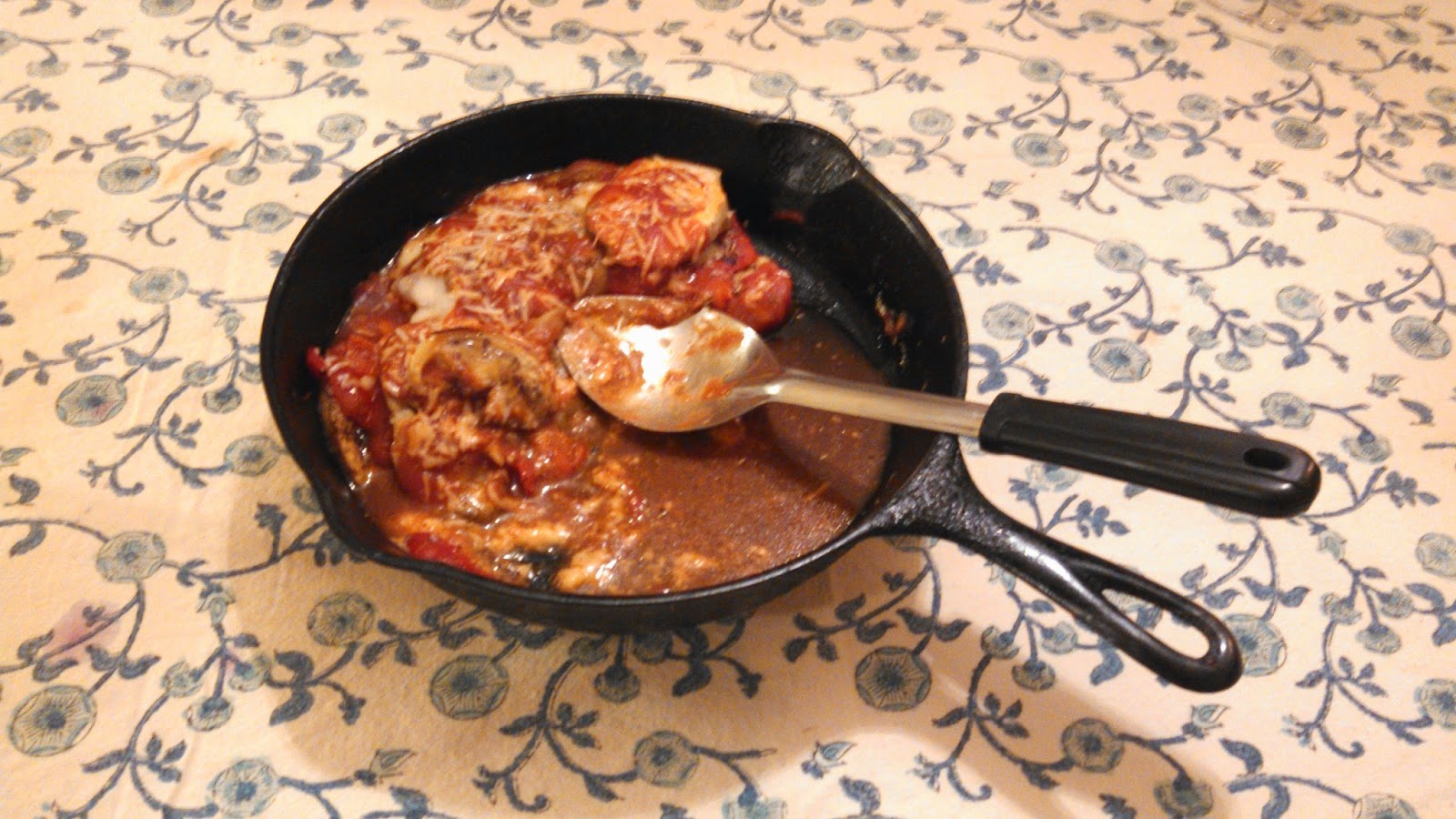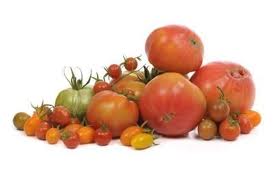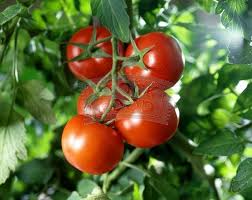Once in a while I get a hankering for a vegetarian meal. Then I usually stir-fry greens: broccoli, spinach, green beans—the usual suspects. I add onion and garlic, and my favorite Nuyorican spices: oregano, pepper, recao, etc. and serve it over rice or some such grain. Recently, I deviated from my norm. I whipped up Black Sea Cucumbers, Odessa Style. I acquired this recipe years ago—and I can’t recall from where. I’ve never been to the Black Sea region, or Odessa, which is in the Ukraine. I have no conception of their cuisine, but the recipe is termed “Odessa” style. Thus I assume it is a Ukrainian or Russian variant. Now, there is something known as the Black Sea Cucumber, or Lollyfish, which is a species of marine invertebrate. But this has no relation whatsoever to the vegetable cucumber. So, how this dish, which uses average cucumbers, came to be called Black Sea Cucumber – Odessa Style, I have no idea. If somebody out there knows the origins of this dish, let me know.
The recipe is fairly easy to prepare. And it can be served as an appetizer. But, as noted, I serve over it rice, couscous, or pasta. It makes a great veggie meal. If you want to follow in the Odessa vein, forgo the wine and serve it with a good chilled vodka. Make believe you’re one of the Romanovs, vacationing in the Black Sea and dining on this dish—before the Revolution, of course.
BLACK SEA CUCUMBER – ODESSA STYLE
8 average cucumbers
1 large onion, peeled and minced
2 tablespoons butter
1/2 cup mushrooms, washed and chopped
2 cloves garlic, peeled and minced
1 1/2 cups beef broth or stock
1 tablespoon butter
1 tablespoon flour
Salt to taste (preferably sea salt)
1/4 teaspoon cayenne pepper
1 cup sour cream
1/4 teaspoon caraway seed (optional)
1. Peel and slice the cucumbers. Place them in a pan or pot with cold, salted water to cover. Let stand 1 hour to firm them up.
2. In a large pan or skillet, heat the butter. Add the onion, mushrooms and garlic, and saute until the vegetables are lightly browned.
3. Drain cucumbers and add them to the onion pan.
4. In a medium bowl, combine the beef broth, tablespoon butter and flour; and thicken slightly, working into a smooth roux. Add to the pan, and simmer over low heat until the cucumbers are tender (about 4-5 minutes).
5. Season with salt and cayenne; and add the sour cream. Increase heat and bring gently to a boil. Add a sprinkling of caraway seed, if desired, and serve.
Yield: 6 servings.














